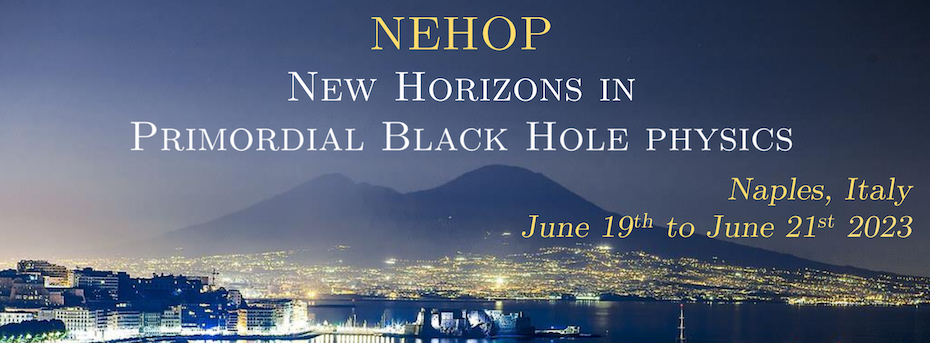Conveners
Session 8
- Chair: Michael Zantedeschi
Primordial black holes (PBHs) within the mass range $10^{17} - 10^{22}$ g are a favorable candidate for describing the all of the dark matter content. Towards the lower end of this mass range, the Hawking temperature, $T_{\rm H}$, of these PBHs is $T_{\rm H} \geq 100$ keV, allowing for the creation of electron -- positron pairs; thus making their Hawking radiation a useful constraint for most...
When primordial black holes (PBHs) form in the early universe, their environment is dominated by the radiation bath and the not-very-distant cosmological horizon. There are a wide number of `cosmological black hole' metrics which describe such objects---locally black-hole like objects which are asymptotically FLRW. However, pretty much all of these metrics have various flaws, such as physical...
Hawking's calculation of particle production by a black hole is based on the semi-classical limit of a fixed metric. This approximation may break down after a finite time as a black hole evolves due to back-reaction. Therefore, I shall argue that two far-reaching questions remain to be answered:
(1) How long is the semi-classical description valid?
(2) What happens after a potential...
We explore the quantum nature of black holes by introducing an effective framework that takes into account deviations from the classical results. The approach is based on introducing quantum corrections to the classical Schwarzschild geometry in a way that is consistent with the physical scales of the black hole and its classical symmetries. This is achieved by organizing the quantum...
We use the evaporation of Primordial Black Holes as a laboratory to investigate Physics beyond the Standard Model of particles and to probe the structure of black holes.
We show that PBHs develop non-negligible spins through Hawking's emission of many axion-like particles yielding a unique probe of the total number of light scalars in the fundamental theory, independent of how weakly they...
We investigate the impact of stochastic quantum noise due to trans--Planckian effects on the primordial power spectrum for gravity waves during inflation. Given an energy scale Lambda, expected to be close to the Planck scale m_Pl and larger than the Hubble scale H, this noise is described in terms of a source term in the evolution equation for comoving modes k which changes its amplitude...

